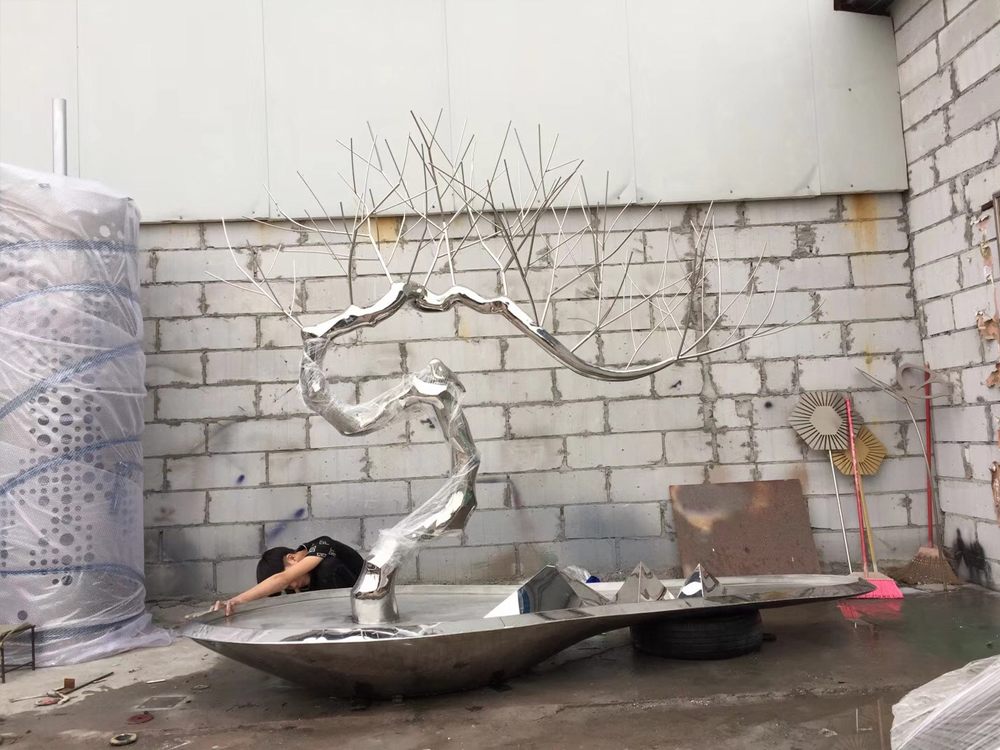
The art of transforming rigid stone into dynamic sculptures that seem to pulse with life is a testament to human creativity. Artists employ a variety of techniques to create this illusion of movement in seemingly immovable materials.
One key method is the strategic use of flowing lines and curves. By carving sweeping contours that mimic natural forms like wind-blown fabric or cascading water, sculptors guide the viewer's eye along a path that suggests motion. The famous "Winged Victory of Samothrace" exemplifies this, with its marble drapery appearing to flutter in an eternal breeze.
Another approach involves implied tension. Sculptors carefully position limbs or elements to create a sense of suspended action - think of Michelangelo's "David," where the slight twist of the torso and poised sling suggest imminent movement. The careful balance of weight distribution adds to this effect, making static figures appear ready to spring into action.
Texture plays a crucial role too. Contrasting smooth and rough surfaces can create visual rhythms that suggest motion, while deliberate tool marks can imply directionality. Modern sculptors often leave visible chisel marks that seem to trace the path of movement across the stone's surface.
Perhaps most remarkably, some artists manipulate perspective itself. By crafting sculptures that change dramatically when viewed from different angles, they create a sense of motion as the observer walks around the piece. This technique transforms the viewer's movement into part of the artwork's kinetic illusion.
These methods, combined with an understanding of anatomy, physics, and visual perception, allow artists to breathe life into the most unyielding materials, proving that even stone can dance when touched by a master's hand.

